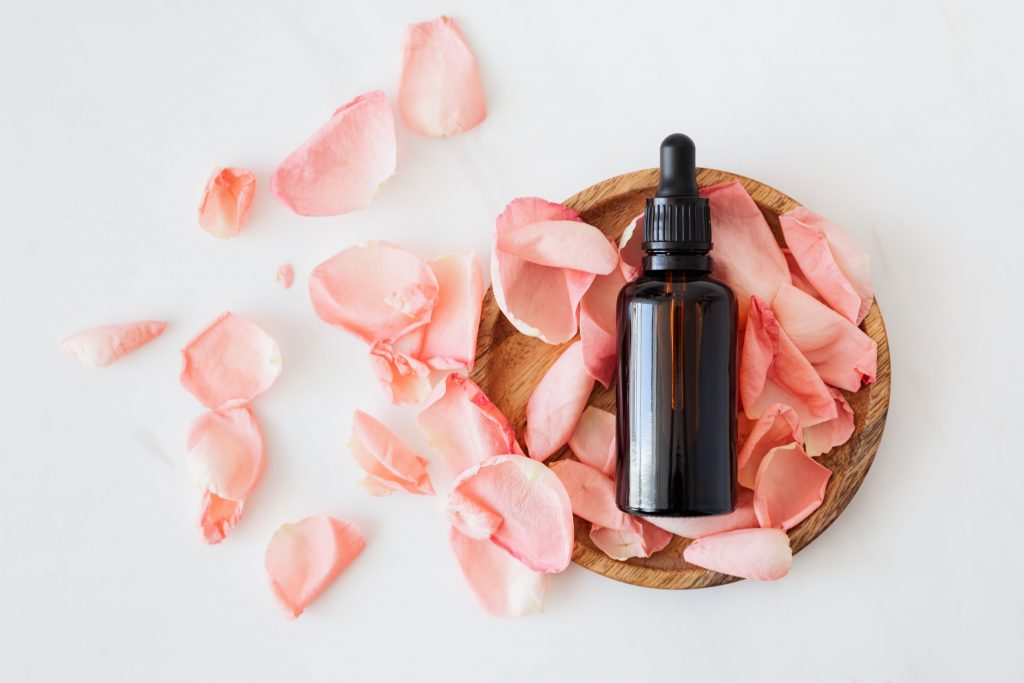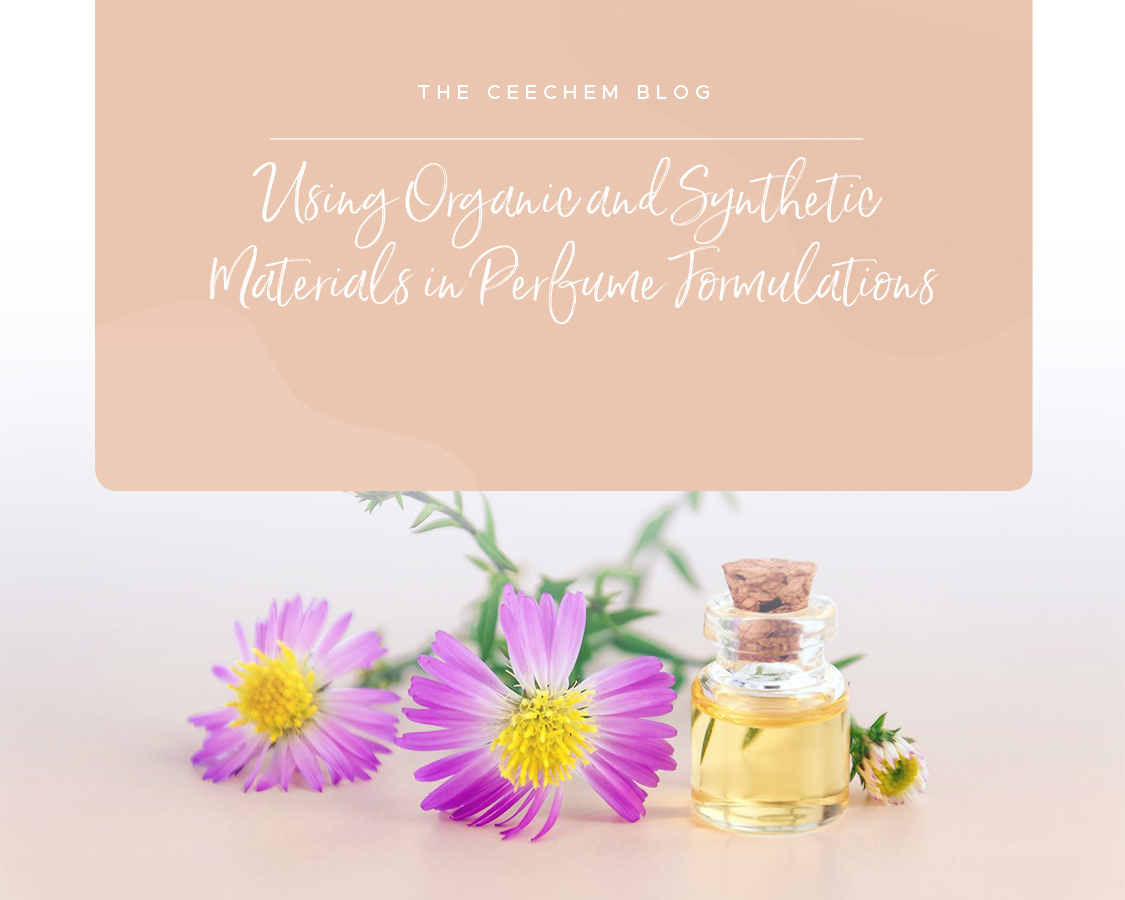There is nothing more pleasant than the aroma of a beautiful fragrance that speaks to your personality. A spray of perfume is not only mood-enhancing, it can serve as a representation that the wearer looks after themselves. Perfume has been around for centuries and is said to have originated from the Egyptians, Persians, Romans, and Greeks. All of whom, experimented with different materials to create perfumes for hygiene and cleanliness, ceremonies and as a symbol of nobility. Fast forward to today and the number of formulations that can be made from organic and synthetic materials is endless.
Nowadays, perfumes are more than the finishing touch to your ensemble before walking out the door, it can also invoke memories. The connection between our olfactory senses and the long term memory in our brain can trigger all kinds of emotions and moods.
A unique fragrance can enhance your attraction to someone and vice versa. I’m sure we’ve all experienced an instance where a person walks by and we’ve breathed in their scent and it’s triggered an attraction? Different perfumes can emit different feelings, for example, citrus and floral scents can make you feel relaxed, while ginger, lemon, rose or thyme will promote feelings of revitalisation and energy.
And don’t we all need a little extra love and care at the moment? It’s never been more important to look after your health and wellbeing during times of isolation.

Examples of organic materials used to formulate perfume:
Rose – one of the most popular ingredients in fragrances, with around 75% of perfumes for women are made up of rose derivatives. Scents made from rose are known to symbolise beauty, passion and romance. Fragrances made from rose can reduce stress and encourage relaxation and restorative within the mind.
Bergamot – is an essential oil that delivers a sweet and refreshing fragrance with a mild hint of spice. It is commonly used as an uplifting scent and is especially helpful with feelings of sadness and anxiety. Its citrus properties make it an ideal fragrance for summer.
Sandlewood – a complex scent that has a distinctive woody and sweet floral tones. It’s a light scent that is deliciously creamy and blends well with lavender and jasmine. An extremely versatile scent, sandalwood elicits feelings of relaxation but can also enhance alertness.
Vanilla – another popular ingredient, that exudes creamy, sweet and musky tones. Vanilla scents can be intoxicating and very identifiable as we associate it with food. A great source to soothe and comfort the mind, vanilla can reduce hyperactivity and restlessness.
Lemongrass – in addition to its light, refreshing and zesty notes, this ingredient is very unique and can be used in multiple formulations. It’s perfect to give you an instant lift in mood and leave you feeling energized and fresh. Lemongrass fragrances are known to influence positivity in the mind and can be paired with other ingredients to produce a clean and refreshing scent.
Examples of synthetic materials used to formulate perfume:
Aldehydes – are synthetic raw materials that can heighten the potency of a fragrance. In other words, they bring new life or a boost to the fragrance. Fresh perfumes smell ‘fresher’ and floral smells become more ‘light and airy’.
Musk – is a clean, velvety and sweet scent that is now produced synthetically and is known as ‘white musk’. Predominantly a feminine, high performing fragrance that is very popular and often classified as a comfortable and sensual scent.
Where to source organic and synthetic materials
If you’re having difficulty finding the right perfume ingredients to cultivate your fragrance concept contact Ceechem today and we can help you breathe life into your new product creation. Our supply partner Sozio offers everything from green, natural, organic, synthetic and eco certifiable fragrances for all matter of solutions, so contact us and we will source the ingredients you need.
